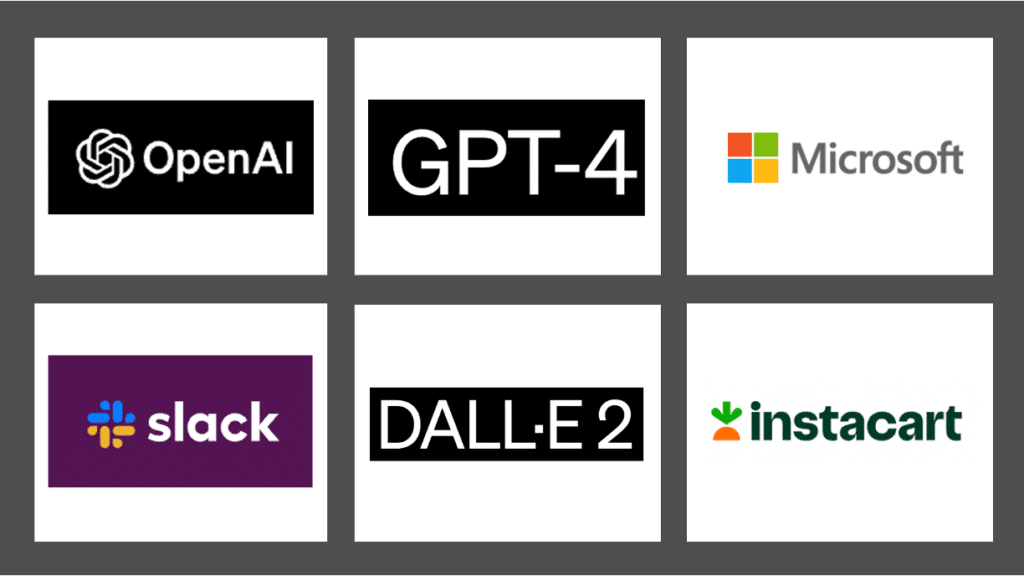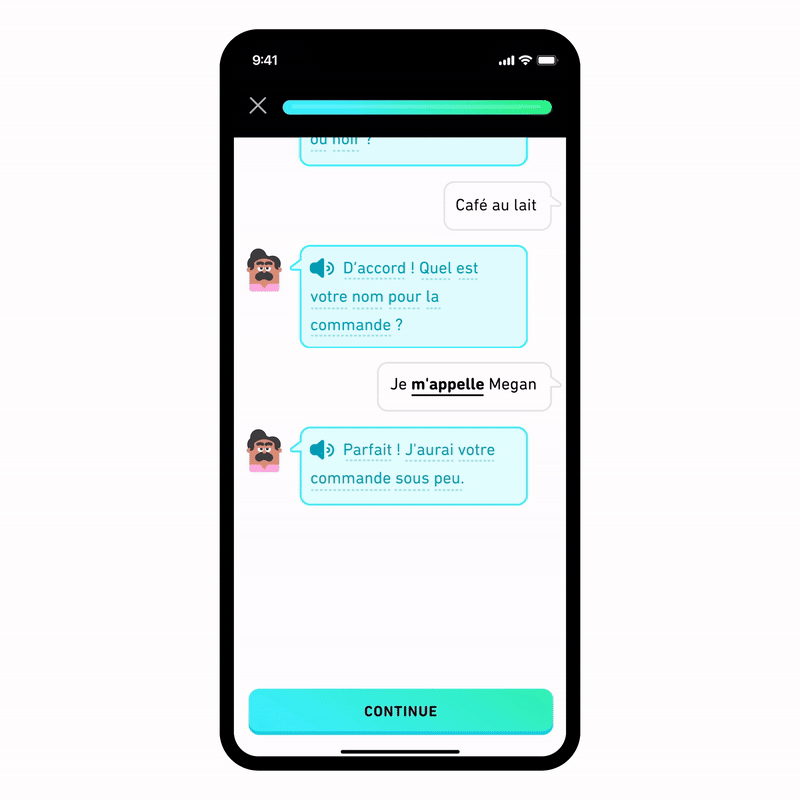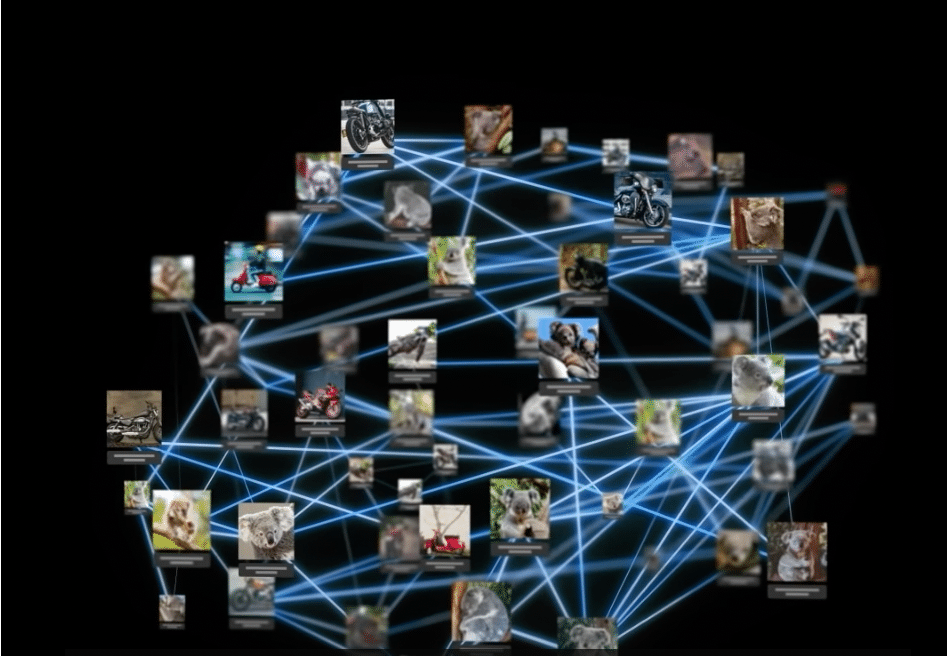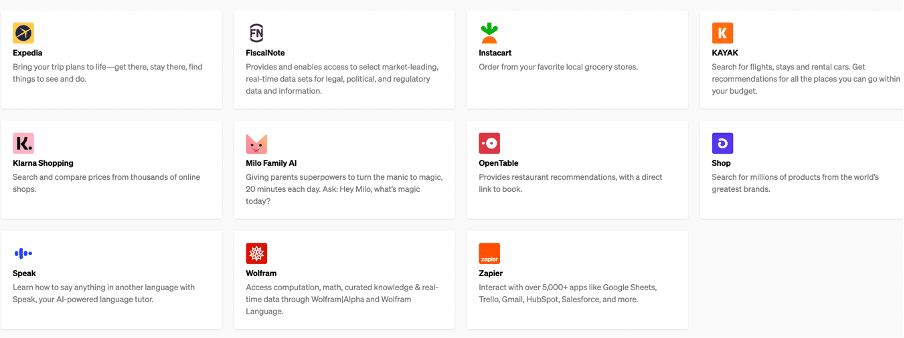Conversational AI, ChatGPT by Open AI, has taken the world by storm. However, Open AI’s ecosystem strategy is much more ambitious than building a chatbot. It is creating an ecosystem in which many collaboration partners use its capabilities to develop innovations and superior value for end users. OpenAI alone will not transform the world, but the ecosystem that forms around it might.

Open AI’s recent GPT-4 is a multimodal, powerful generative AI model. Hence, it accepts text and images as input. Open AI has also developed DALL·E 2. It can create realistic images and art from a text description. Generative AI produces or generates text, images, 3D models, music, speech, code, or video. Open AI’s strategy builds on the assumption that generative AI is unleashing a new wave of creativity touching everybody. And to win this intellectual revolution, Open AI needs an ecosystem.
As many competitors focus on building their own chatbots, Open AI has moved on to create an ecosystem. It has created a platform that allows developers and entrepreneurs to build on its technology.
In this article, I will explain Open AI’s ecosystem strategy and provide six essential insights for unlocking its potential.
Insight 1: Leverage momentum to accelerate ecosystem growth
Building solid momentum is critical in ecosystem creation to persuade stakeholders to contribute to the vision. It was not clear that ChatGPT would be a homerun success when it launched in October 2022. However, its management reacted fast when ChatGPT saw incredible, exponential growth, with 1 million users signing up in just two weeks and 100 million in a couple of months. Such a phenomenal growth makes ChatGPT the fastest growing internet service in history trumping Instagram and Tiktok. The impressive momentum has helped to establish its ecosystem at the forefront of AI and other industries.
Open AI’s ecosystem strategy shapes the competitive context, leveraging the active participation of stakeholders. Open AI shares its resources and knowledge so that ecosystem participants can create more advanced and sophisticated generative AI applications. The more applications partners make, the more participants the Open AI ecosystem attracts, which, in turn, accelerates its growth.
Insight 2: AI Learning Loop supercharges Open AI’s Ecosystem Strategy
The AI learning loop is crucial to Open AI’s ecosystem strategy. It enables the organization to continually improve its AI systems and stay ahead of the competition.
“as we create successively more powerful systems, we want to deploy them and gain experience with operating them in the real world.” – Sam Altman, CEO Open AI
The AI learning loop, a flywheel, is a process that involves collecting data, training models, and improving algorithms over time. A continuous cycle of learning and refinement allows AI systems to become increasingly more effective and creative. For example, GPT-4 is more creative and collaborative and has more advanced reasoning capabilities than its predecessor GPT3.
With a learning loop, Open AI can continuously refine its algorithms, analyze data, and develop new technologies that push the boundaries of what is possible with AI. The learning loop is critical in ensuring Open AI’s AI systems are effective and ethical.
By continuously analyzing data and user feedback, the organization can identify potential biases or unintended consequences in its algorithms and take steps to address them. This not only ensures that Open AI’s AI systems are effective, but it also helps to build trust with users.
Open AI also applies human-in-the-loop feedback for its learning loop. That’s important because GPT-4, like its predecessors, has some risks too. Think harmful advice, buggy code, or misleading info. To mitigate these, Open AI teamed up with over 50 experts in AI, cybersecurity, biorisk, and more. They helped it scrutinize GPT4 behavior in high-risk areas that need expert eyes.
Insight 3: Startup investments boost Open AI’s Ecosystem Strategy
Being top of mind for AI startups helps Open AI to discover innovative technologies and use cases before others. For ecosystems to attract startups, they must provide capital, networking opportunities, and resources.
Therefore, Open AI’s ecosystem strategy includes a 100 million-dollar startup fund. The fund’s investors consist of Microsoft and other OpenAI partners. Apart from capital, OpenAI Startup Fund provides early access to forthcoming OpenAI systems, fund team assistance, and Azure credits.
As part of Open AI’s ecosystem strategy, it also launched a 5-week accelerator program Converge. According to Open AI, the program is not limited to those who intend to use OpenAI’s APIs but is open to anyone developing cutting-edge AI models. Thus, Open AI gets to see new innovations through this program.
Several startups have leveraged Open AI’s ecosystem to create innovative AI applications. For example, the startup Viable builds AI-powered tools to help climate scientists analyze data. Viable uses Open AI’s generative models to make more accurate climate simulations, which could help us better understand and mitigate the effects of climate change.
Another startup, Primer, uses Open AI’s language model to analyze large amounts of text data. Primer’s technology lets users quickly extract insights from complex documents like legal contracts or scientific papers. This could have significant implications for industries like law and finance, where large amounts of text data are a common challenge.
Harvey, backed by the OpenAI Startup Fund, is built on GPT-4 technology. It uses natural language processing, machine learning, and data analytics to automate and enhance legal work. Interestingly, PwC is teaming up with Harvey to unleash the AI platform on the market, enabling PwC’s network of more than 4,000 legal professionals to deliver legal solutions in, for example, contract analysis, regulatory compliance, claims management, and due diligence.
Insight 4: Open AI’s ecosystem strategy enhances human-machine collaboration
Open AI’s ecosystem strategy is not just limited to startups. It also targets enterprise and consumer applications to enhance human-machine collaboration. By leveraging its technology and expertise, Open AI helps businesses create AI-based solutions to improve their operations and workflows.
Open AI’s focus on enterprise applications reflects the growing need for AI-powered solutions to improve business operations, decision-making, and customer engagement. By integrating AI into enterprise applications, firms can leverage the technology to enhance their offerings and stay competitive.
For example, Microsoft has introduced a new AI-powered productivity tool called Microsoft 365 Copilot that combines the power of large language models with data from the Microsoft Graph and Microsoft 365 apps. Copilot works alongside users in Microsoft 365 apps such as Word, Excel, PowerPoint, Outlook, and Teams and can generate first drafts and summaries of long email threads and even suggest action items during meetings. Business Chat, a new feature within Copilot, can also create status updates and perform other tasks using natural language prompts.
Slack and Salesforce are other examples of Open AI’s enterprise-powered applications. GPT-4 integration with Slack provides conversation summaries, research tools to learn about any topic, and writing assistance to draft messages quickly. Salesforce Einstein GPT for Sales, Service, Marketing, and Developers can generate tasks, personalized content, customer insights, and code. Other GPT-4 powered applications include Stripe, which has integrated GPT-4 into its documentation, allowing developers to ask natural language queries about Stripe-related topics.

In consumer applications, OpenAI has collaborated with Duolingo. Duolingo offers two GPT-4 powered features: Explain My Answer and Roleplay. Explain My Answer provides learners with an explanation of their answers in a chat format, while Roleplay allows users to practice real-world conversation skills with in-app characters.

Insight 5: Access to the internet and third-party applications turns ChatGPT into a platform
The main criticism towards ChatGPT has been that its AI models rely on the pre-existing knowledge they have learned during training to generate text. However, OpenAI has introduced the Plugin Protocol that connects language models to designated APIs for external use. OpenAI plugins transform ChatGPT into a platform by connecting it to the internet (through Bing API), third-party applications, and data.
These plugins enable ChatGPT to perform various actions on behalf of users, such as booking a flight (Kayak) or ordering groceries (Instacart), making restaurant recommendations (OpenTable), enhancing social media experience with a chatbot (Snapchat), or helping students with an AI tutor (Quizlet).
Another interesting ChatGPT plugin is Zapier which connects with over 5,000 apps and can automate tasks directly within ChatGPT’s interface. In addition, Zapier’s Natural Language Actions API powers the plugin, allowing AI models like ChatGPT to use simple natural language to complete actions in other apps.
Open AI also has a speech-to-text capability that can be accessed through an API. It is based on Whisper that is an automatic speech recognition system that enables transcription in multiple languages and translation from those languages into English.
APIs are part of every platforms ecosystem strategy including traditional ones such as KONE, world’s leading elevator company.
Insight 6: Open AI Ecosystem strategy leverages partners to address industry verticals
Attracting partners to address various industry vertical is critical for any ecosystem. Open AI ecosystem strategy recognizes this and has announced, for example, a service alliance with Bain & Company to help enterprise clients identify and realize AI’s full potential and maximum value. The alliance aims to clarify the possible business applications of generative AI, such as ChatGPT, DALL·E, and Codex, which offer benefits like efficient content creation, personalized marketing, and streamlined customer service. Partners of Open AI need to address how AI changes the way how companies deliver value to the customer
Bain and Open AI announced Coca-Cola as the first company to engage with this alliance. Its “Create Real Magic” platform is powered by GPT-4 and DALL-E, which produce images based on text. Platform’s users, ‘Digital Creatives’ as Coca-Cola calls them, can use the AI platform to generate original artwork with iconic creative assets from the Coca-Cola archives.
Key learnings from this post
The leading companies leverage ecosystems to accelerate their growth and achieve a dominant, even a winner-takes-all position. Therefore, a company should actively construct an ecosystem wherein a multitude of collaborative partners utilize its capabilities to engender novel innovations and superior value propositions for end-users. We distilled six learnings from Open AI’s ecosystem strategy that any company can leverage to drive ecosystem growth, especially in the era of AI:
- Create a pivotal moment to kick-start growth and leverage the momentum to accelerate the ecosystem’s growth.
- Fund innovative startups to get exposure to new innovations
- Create an AI learning loop by collecting user feedback to allow AI systems to become increasingly more effective and creative.
- Enhance enterprise applications with conversational AI capabilities to embrace a new human-machine collaboration paradigm.
- Expose capabilities through APIs and plugins to turn a service into a platform.
- Leverage partners to address industry verticals (instead of doing everything by yourself).
Organizations must be willing to collaborate and take a strategic approach to AI development to realize the benefits of an ecosystem strategy fully. By following these essential insights, they can unlock the full potential of AI technology and create ecosystems that have the power to transform industries.
Are you interested in leveraging Open AI’s ecosystem strategy learnings for your organization? Contact us today to learn how we can help you unlock the full potential of generative AI’s transformative technology.


